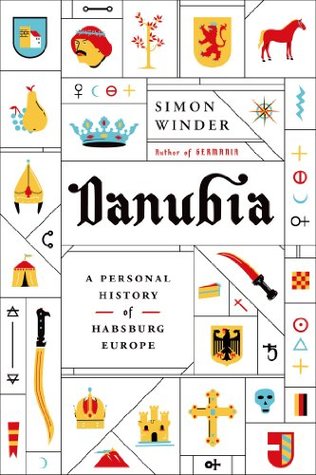More on this book
Community
Kindle Notes & Highlights
by
Simon Winder
Read between
January 22 - February 6, 2023
In the usual proto-Art-Nouveau style, the sculptor follows through on an ethnographic hunch that surprising numbers of the tribal womenfolk would be in their late teens and free of clothing.
Indeed the missionary work of this period in shifting a large block of Europe towards Constantinople and out of Rome’s reach created a fault line with implications into the present.
One western territory, Prum, had a defensive capability restricted to the spiritual force field generated by its ownership of a sandal belonging to Jesus while another, Essen (the future home of Krupp armaments), was ruled for centuries by a notably ornery and unhelpful group of aristocratic nuns.
It may seem odd to spend so much time describing so implausible a project, but genealogy lay at the heart of royal power. It had been crucial to the other great Habsburg fabrication, the fourteenth-century bundle of documents called the Privilegium Maius, some signed by Julius Caesar and Nero no less, which established the inviolability of the Austrian lands and created the special title of ‘Archduke’ for the Habsburg ruler, which put him on the same level as the Electors of the Holy Roman Empire.
fair measure of Ferdinand’s problematic nature can be understood from his having gone on the pilgrimage to the church at Loreto. This crazy shrine was meant to mark the point where the hut in which the Virgin Mary had once lived came to rest after it whirled up into the air and, after several bounces, landed in Italy, having successfully escaped the Muslims who had invaded the Holy Land.
It was in this context that the summer of 1618 saw the Defenestration of Prague, with Catholic councillors sent by Ferdinand flung out of a window of Prague Castle by enraged Protestant nobles, surviving only because their fall was broken by angels rushing to their aid (at least, according to Catholic accounts) or because they landed in a dung heap (the post-match analysis preferred by Protestants).
In a bonanza for the Catholic fight-back a great series of subterranean tunnels was found in Rome in 1578, filled with the bodies of early Christians. It was assumed that they had been buried there because they had been persecuted and these ‘catacomb saints’ were exported by the Jesuits all over the Catholic world as superb instances of the primitive sufferings of the True Church. In fact they were the skeletons of pious but ordinary Romans who, having blamelessly lain in the dark for a millennium, now found themselves landed with a random Christian name, canonized and put on a mule cart.
The British are among the most egregious fantasists, as their Victorian peacefulness only existed by pretending that the dozens of colonial wars in which they were engaged were not happening.
The disaster of Central Europe lay in the language wars which now engulfed everybody and which made on the face of it harmless issues like what music you listened to or what braiding you had on your shirt into ever more violent badges of exclusion.


